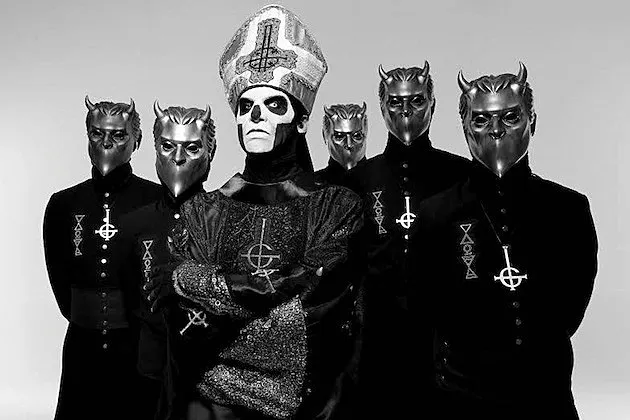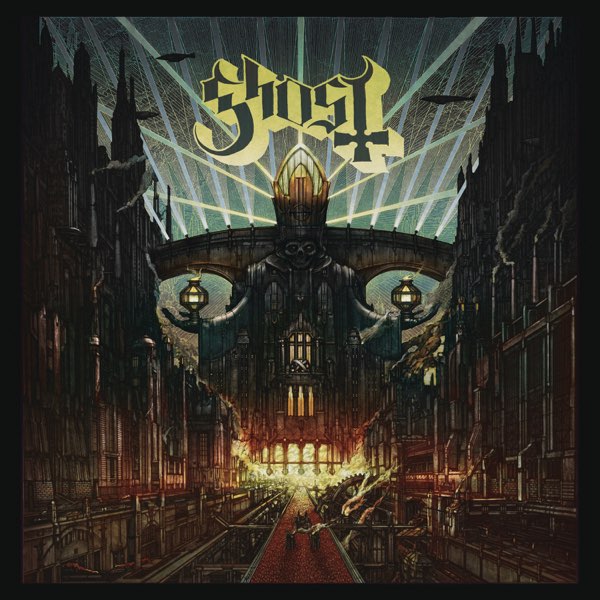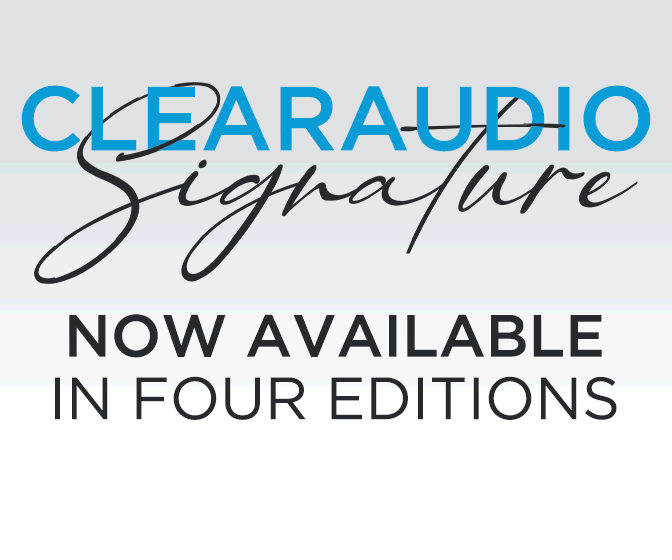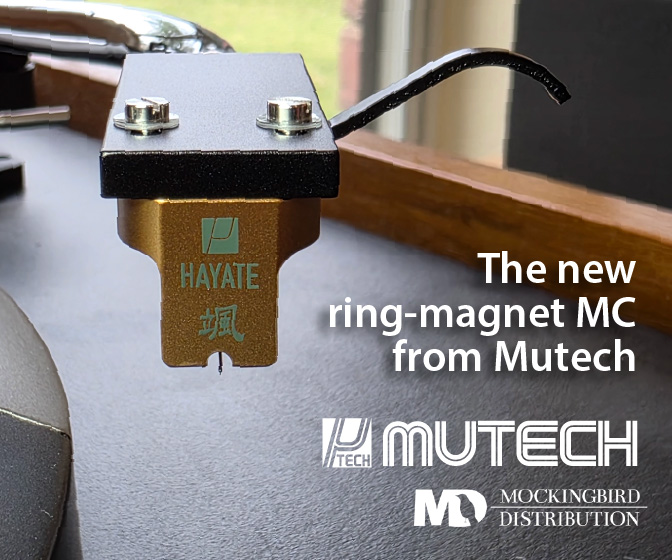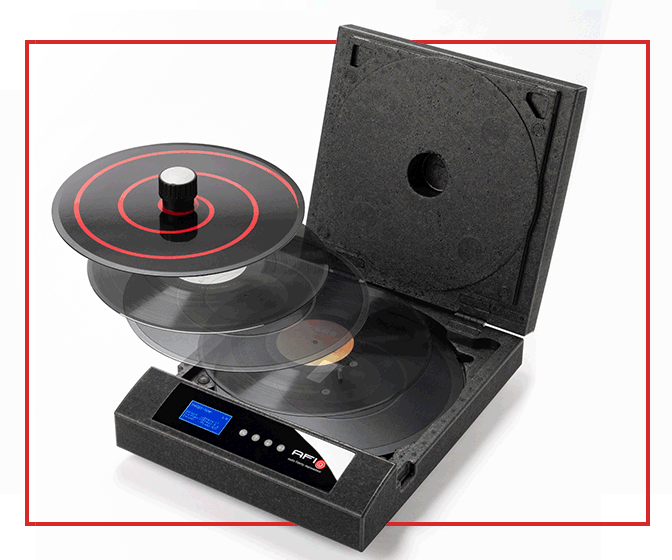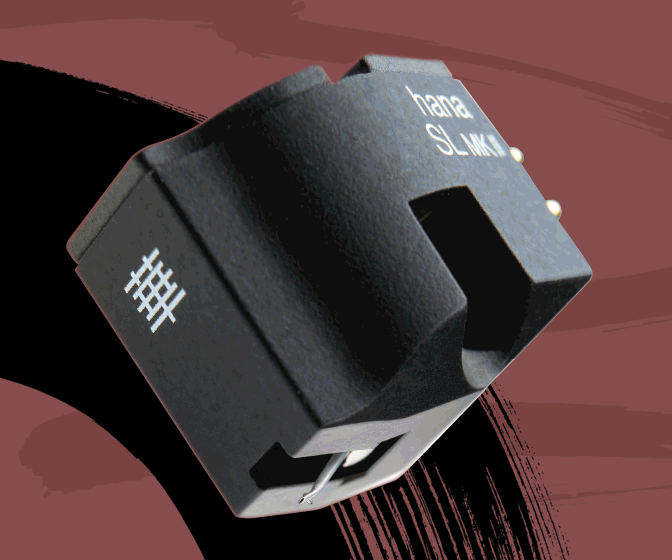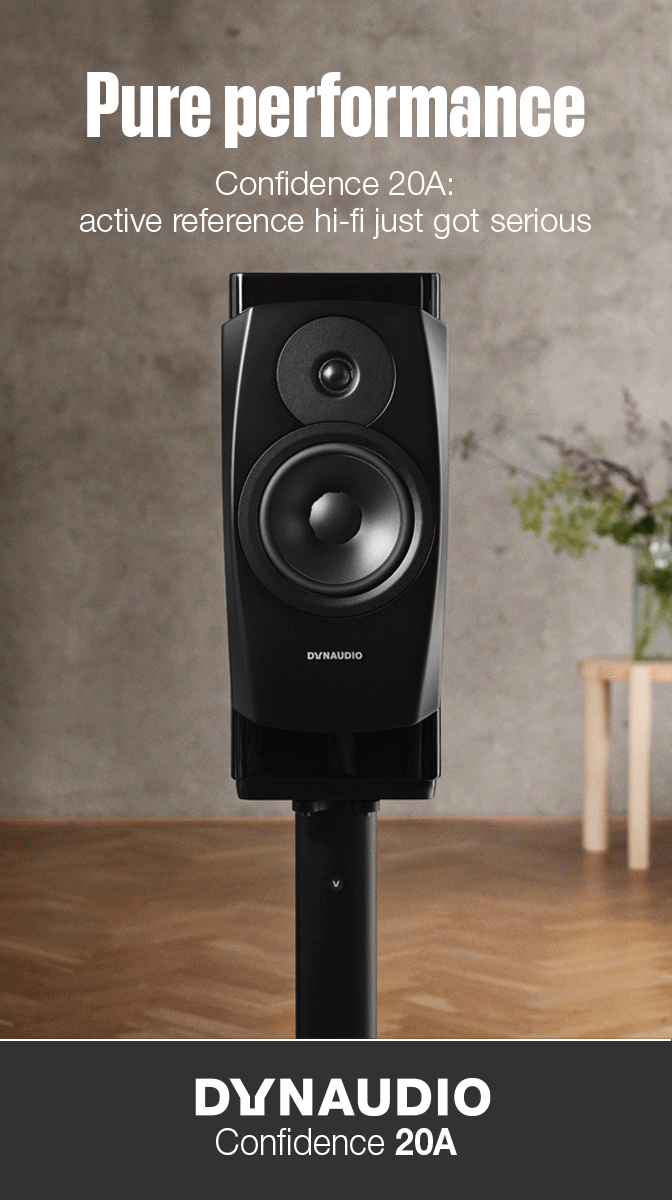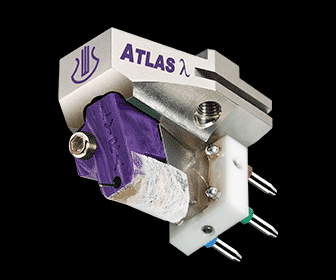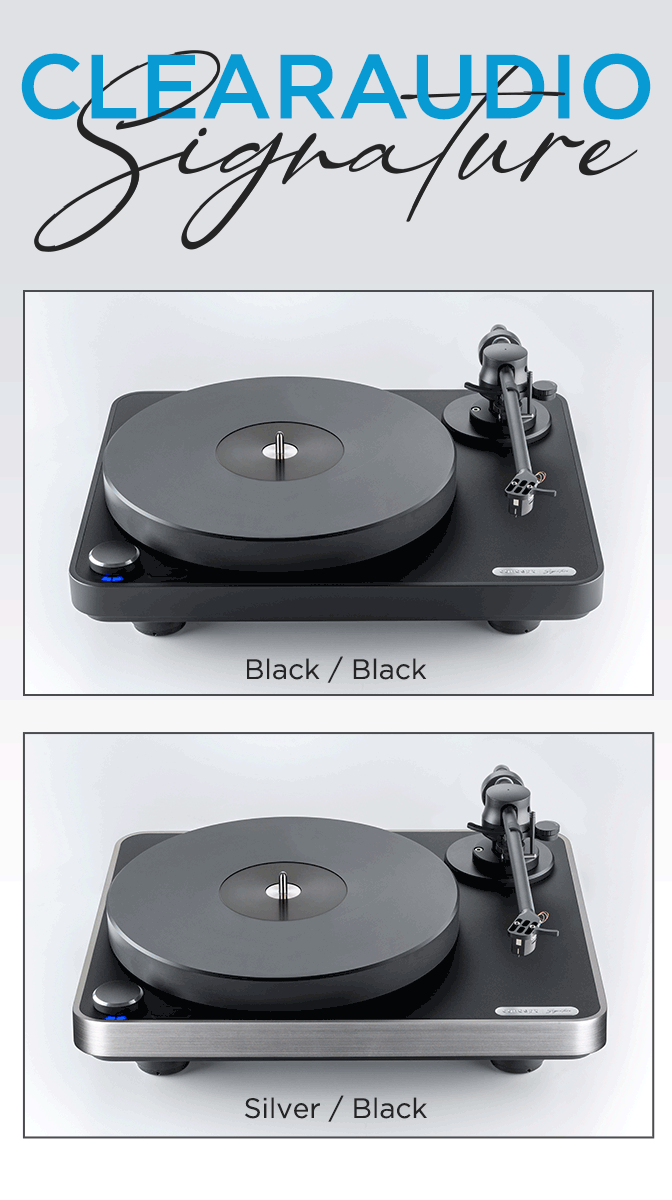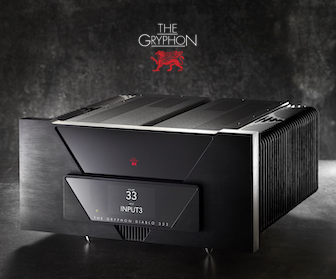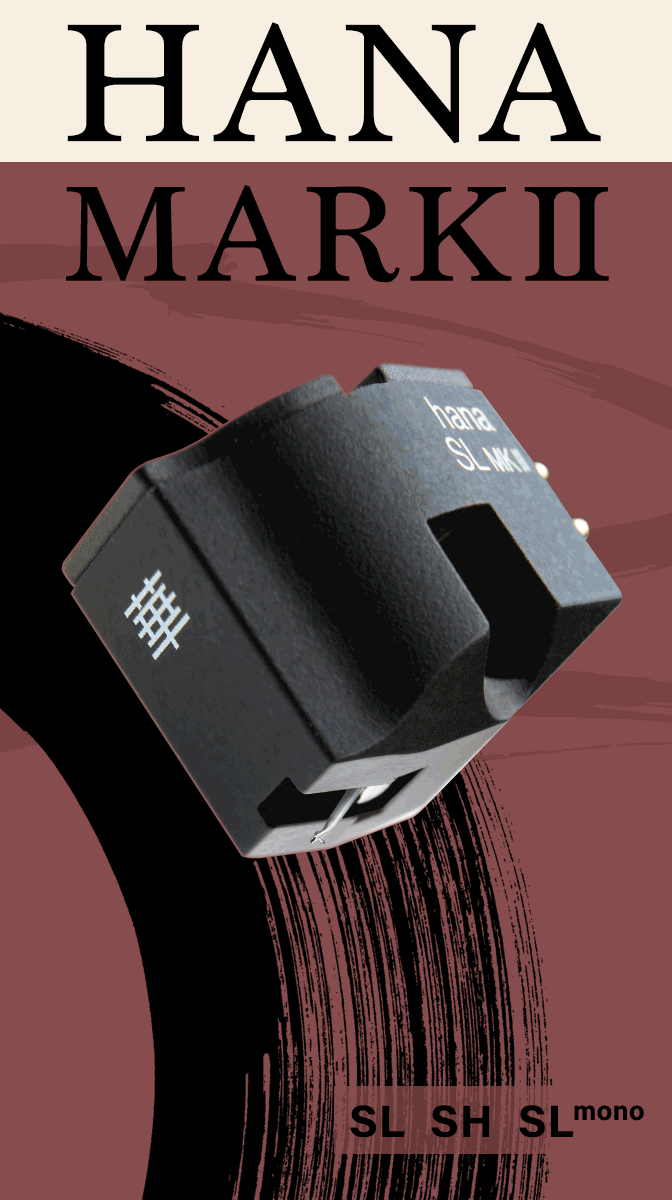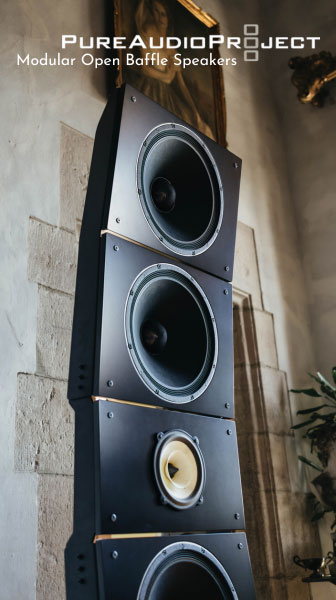‘The Absence of God’ - Ghost Depicts Industrialized Dystopia on “Meliora”
The Swedish theatrical metal troupe’s third album gets recognized 10 years later
Ghost is the ultimate entity for admirers of heavy metal and theatre. The group, satirizing the Catholic Church by praising the Devil instead of God, is fronted by Tobias Forge, who dons a prosthetic mask and devilish papal regalia under the pseudonym Papa Emeritus. In the eyes of devout liturgics, Ghost’s schtick is blasphemous and has become the root of some minor controversies over the years. Their live show is still a spectacle to witness, borrowing elements from KISS and Alice Cooper, and the music is just as hook-ridden, even if naysayers describe it as Scooby Doo chase music; I hate to admit that I see the slight resemblance.
Ghost’s third infernal psalm, Meliora, was released in August 2015. Thematic concepts run throughout their discography. The previous two albums, Opus Eponymous and Infestissumam, are centered, respectively, on the birth and presence of the Anti-Christ. Meliora tells about ‘the absence of God.’ Its Latin translation is the title of the album’s closing track, “Deus in Absentia.” Lack of faith depicts the world within Meliora in a dystopian light, featuring tracks about corruption (“Mummy Dust”), cult worship (“He Is”), and religious manipulation (“Cirice”). “From the Pinnacle to the Pit” is an obvious nod to Lucifer’s descent from Heaven to Hell. A track like “Majesty” is a more on-the-nose ode to the ‘prince in exile’ whose followers are ‘sinners flocking up like soulless sheep.’ There are also hints of science fiction in the opening instrumental section of “Spirit” and Zbigniew M. Bielak’s industrialized album artwork that pays homage to Fritz Lang’s German expressionist film, Metropolis.
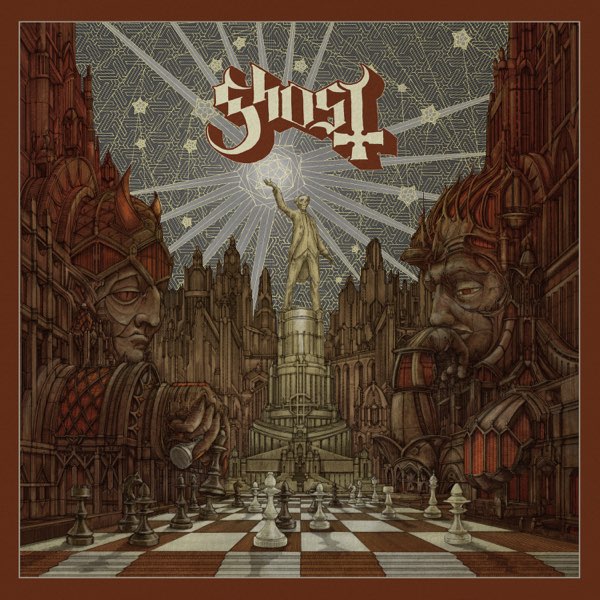
 Zbigniew Bielak at last weekend's Warsaw Audio Video Show where he presented a large display of Ghost covers and other artwork for sale—photo by Michael Fremer
Zbigniew Bielak at last weekend's Warsaw Audio Video Show where he presented a large display of Ghost covers and other artwork for sale—photo by Michael Fremer
Ghost pursues their passions for executing covers during almost every album cycle in the form of an EP. Popestar, released in September the following year, received both a standalone release and inclusion in the deluxe edition of Meliora. Its main purpose was to give “Square Hammer,” an outlier from the Meliora concept that was recorded later during the sessions, a home. It peaked at No. 1 on the Billboard Mainstream Rock charts, making Ghost the first Swedish band to top the chart, and evolved from being an amped-up show starter to a bombastic show closer. The choice to cover material by Echo & The Bunnymen, Simian Mobile Disco, Eurythmics, and Imperiet is a head scratcher, but they work when transformed to fit Ghost’s musical mold.
Meliora was Ghost’s second chart-topping victory in their home country. The album won the award for Best Hard Rock/Metal Album at the 2015 Swedish Grammis. On the American front, where their act was deemed more problematic than entertaining in the eyes of the mainstream, “Cirice” won a Grammy for Best Metal Performance. Papa Emeritus III’s lightweight charisma helped Ghost transform from an underground cult secret to being accepted within the consciousness of modern music. It’s an album cycle most fans look back on with great fondness, and the timeliness of its 10th anniversary is making the Ghost vinyl completists itch.
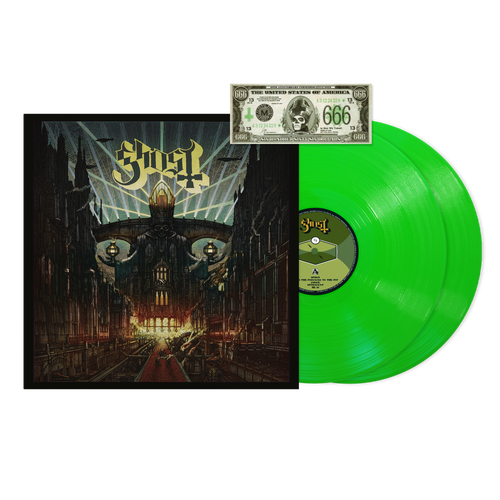
Meliora’s 10th anniversary is commemorated with a reissue of the 2016 deluxe edition, containing the original album and the Popestar EP. The term ‘deluxe’ only applies to the audio contents and not the packaging. Having the two LPs packaged in a single pocket jacket with no reference to Bielak’s intricate back cover artwork or the 16-page booklet containing artistic depictions of each track is such a cheap move. There could’ve been more incentive to make this version unique by reinstating all artwork elements and featuring “Zenith,” a track that’s only available on the scarcely available Meliora Redux box set. On a positive note, the neon green colored vinyl is very vibrant, and included is a commemorative Papa III ‘mummy dust’ buck.
.jpg)
Meliora utilizes the same metal parts as every other US pressing, cut by Chris Bellman. The toms within the drum sound, especially during the introduction of “Spirit,” sound boomy to the extent of eliminating all air from the soundstage, congesting the overall mix. Both ends of the low and high EQ thrive at various moments on this pressing. On “From The Pinnacle to the Pit,” the bass has a wicked growl, and the heavy chugging guitars take center stage on “Mummy Dust.” Some of the moments where the highs elevate make both the guitar solos and vocal harmonies, particularly on “Absolution” and “Deus in Absentia,” stand out more. One of the facets that’s admirable while revisiting this cut is how the pairing of two different syncopating elements creates rich textures, whether it's the kick drum and bass making a stormtrooping march on “Cirice,” the twinkling acoustics and piano on “He Is,” and the guitar and Hammond organ emulating a Deep Purple-ish vibe on “Majesty.”
Ray Janos cut the original pressing of Popestar. Since 2023, a re-cut by Joe Nino-Hernes has become the norm. This EPs overall production is at fault when it comes to its representation on vinyl. “Square Hammer” features massive-sounding guitar chords during the chorus, but the rolled-off drums sound filtered and neutered. As much as this track is the notable highlight, the covers are more impressive sonically. Exotic percussion during the eerie middle section of “Nocturnal Me” provides extra suspense to the track. “I Believe” and its inclusion of string synths are atmospheric, allowing other instrumental embellishments to fill up the soundstage with enough space to breathe. Out of all the heaviness, there’s a tranquil contrast on “Bible,” a beautifully melodic track with an anthemic chorus propelled by a boisterous choir.
Revisiting Meliora 10 years after its initial release reaffirms its position as one of Ghost’s most important albums. This anniversary pressing had the potential to be a truly unique package instead of recycling stampers and jackets, but loading the hopper with neon green pellets. One can hope for an audiophile-targeted remaster in time for its 20th anniversary, along with all the other trappings either missed or added.
